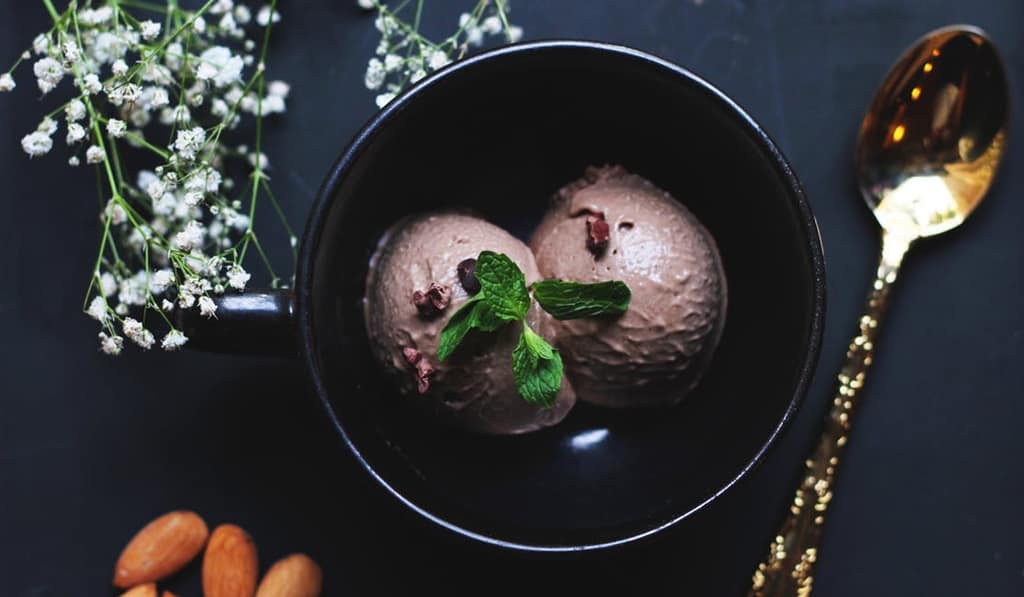Curabitur coldimen ipsum ante, sed tempus lorem.
Aenean fermentum vulputate eros, efficitur vehicula nunc accumsan tincidunt. Maecenas a nulla id sapien dignissim tincidunt. Suspendisse efficitur ipsum sit amet purus sodales pulvinar. Suspendisse eu venenatis eros.
Nunc facilisis diam velit, non facilisis justo lobortis ac. Etiam ante tortor, consequat vel felis id, blandit finibus magna. Curabitur vel urna id tortor ullamcorper molestie. Donec accumsan, sapien nec consectetur varius, nisl nibh maximus diam, non vulputate diam dolor at nunc. Suspendisse pulvinar, ante a tempor volutpat, ligula tellus pharetra libero, ac porttitor tortor turpis at magna.
Nunc facilisis diam velit, non facilisis justo lobortis ac. Etiam ante tortor, consequat vel felis id, blandit finibus magna.
First, the macromolecules—carbohydrates, lipids, proteins, and water—form the city’s infrastructure. They arrive in bulk, work in shifts, and keep the metropolis alive. Without them, the system crumbles.
Carbohydrates, at 4 calories per gram, are the day laborers. They clock in early, burn fast, and keep the lights on. Sugars, starches, fibers—the body breaks them into glucose, the brain’s only fuel under normal conditions. Skip breakfast, skip glucose, and watch your focus disintegrate by 11 a.m. I learned this the hard way during midterms, surviving on nothing but coffee and croissants from Gilman Café—a rite of passage for any Hopkins student. By Thursday, I couldn’t recall the hippocampus’s role in memory. My own hippocampus was starving.
Fats, at 9 calories per gram, are the warehouse workers. They store energy, cushion organs, and build cell membranes. Triglycerides, phospholipids, cholesterol—the structural triad. The American diet floods with omega-6s from soybean oil while starving for omega-3s from fish. That imbalance fans the silent flames of inflammation: the unspoken engine behind heart disease, arthritis, and depression. I saw it in my freshman roommate’s knees—twenty years old and already wincing on stairs, her diet a ticker-tape of fried foods and seed oils. American standard.
Proteins, at 4 calories per gram, are the masons and demolition crews. Amino acids dismantle old cells and erect new ones. Leucine triggers muscle growth. Tryptophan becomes serotonin. Miss the essentials—histidine, lysine, methionine—and the system halts. A vegan activist in my study group collapsed during the Baltimore marathon. Bloodwork showed zero B12. No animal products. No supplements. No functioning nerves.
Water is the plumber. Sixty percent of body mass, it flushes waste, transports nutrients, cools the furnace. You need half your body weight in ounces daily just to stay online. I drank from a Swell bottle—16 ounces, three times a day. The football players in biochem chugged Gatorade instead, confusing electrolytes for hydration, their urine darkening to the color of amber.
If macronutrients are the construction crews, micronutrients are the electricians, architects, and code inspectors. They work in micrograms, but their absence topples systems. One missing bolt can collapse a bridge; one vitamin deficiency can unravel a human.
Vitamins are spark plugs in the engine of metabolism—carbon-based, essential, and invisible. They don’t burn themselves, but without them, nothing burns.
B vitamins are the ignition crew. Thiamine (B1) anchors enzymes that convert glucose to ATP. Without it, energy production stalls like a flooded engine. I saw this firsthand in MedStar’s ER: a malnourished alcoholic, blood sugar normal, but neurons starving—shuffling with Wernicke’s gait. The attending hung a thiamine IV. Hours later, the man’s eyes had clarity again.
Vitamin D works the graveyard shift, managing calcium’s grave logistics. Without it, calcium slips through the gut like sand through fingers, leaving bones brittle. The irony struck me drinking D-fortified milk at FFC—sun-starved students sipping artificial sunlight through straws.
Vitamins divide into two camps: water-soluble nomads and fat-soluble squatters.
Ingredients:
1/4 cup fresh lemon juice
1 1/2 tbsp. lavender simple syrup (see below)
1/4 tsp. Grenadine
3 dashes bitters 1/4 cup fresh lemon juice
1 1/2 tbsp. lavender simple syrup (see below)
1/4 tsp. Grenadine
3 dashes bitters
Consequat ipsum, nec sagittis sem nibh id elit. Lorem ipsum dolor sit amet, consectetur adipiscing elit. Aenean sapien nunc, aliquam et sollicitudin a, mollis sit amet odio.
Proin gravida nibh vel velit auctor aliquet. Aenean sollicitudin, lorem quis bibendum auctor, nisi elit consequat ipsum, nec sagittis sem nibh id elit.

